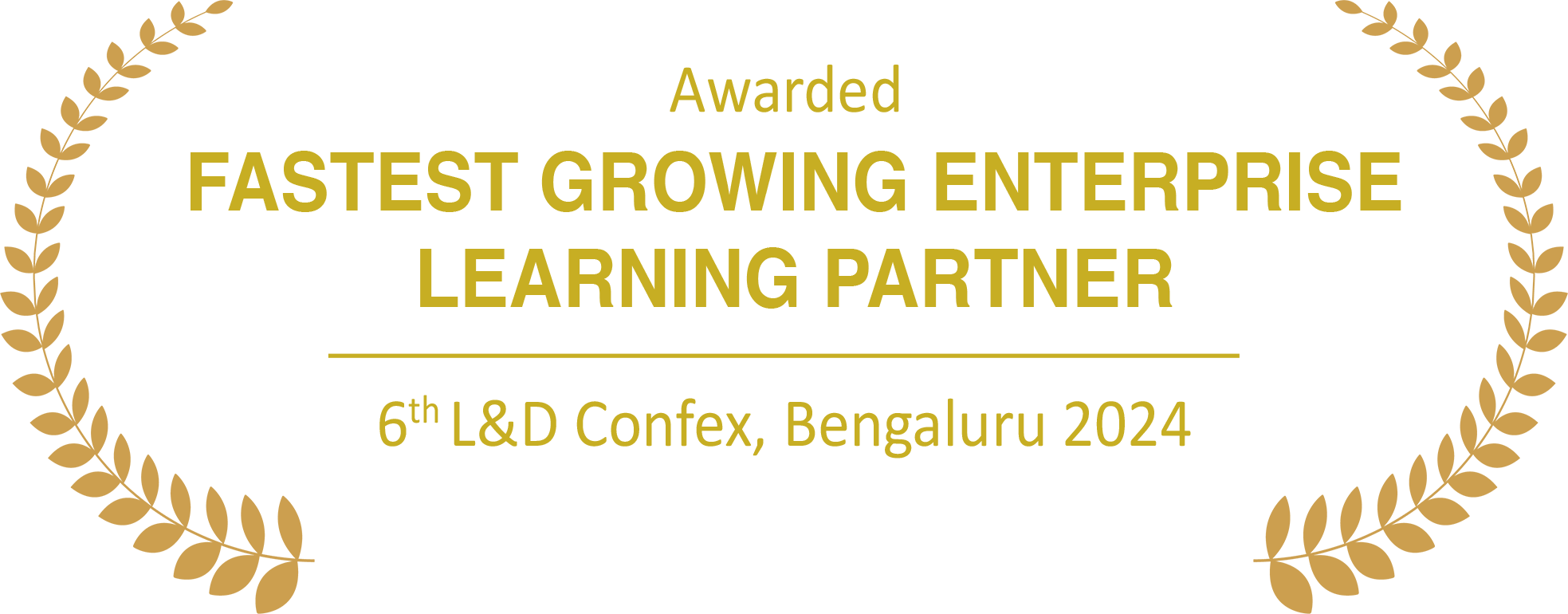
Overview
This course equips participants with the essential skills to create, access, and manage virtual machines (VMs) within OpenShift clusters using the OpenShift Virtualization operator. It covers controlling resource usage, ensuring high availability, and integrating VMs with external data center services. No prior experience with containers or Kubernetes is required.

Objectives
By the end of this course, leaner will be able to:
- Create VMs from installation media and disk images.
- Access text and graphical consoles of a VM.
- Connect to VMs using Kubernetes networking (services, ingress, and routes).
- Provision storage to VMs using Kubernetes storage (PVC, PV, and storage classes).
- Start, pause, and stop VMs.
- Clone and snapshot VMs.
- Create and seal golden VM images.
- Connect VMs to external and additional networks beyond the Kubernetes pod and service networks.

Prerequisites
- While not mandatory, familiarity with Linux system administration is beneficial for managing individual Linux VMs.
- No prior knowledge of containers or Kubernetes is required.

Course Outline
- Overview of OpenShift Virtualization.
- Benefits of integrating VMs into OpenShift.
- Creating VMs from installation media.
- Accessing VM consoles (text and graphical).
- Starting, pausing, and stopping VMs.
- Connecting VMs using Kubernetes services, ingress, and routes.
- Integrating VMs with external networks.
- Provisioning storage using Persistent Volume Claims (PVCs) and Persistent Volumes (PVs).
- Managing storage classes for VMs.
- Cloning and snapshotting VMs.
- Creating and utilizing golden VM images.
- Implementing high availability for VMs using Kubernetes features.
- Controlling CPU, memory, storage, and network resource usage for VMs.
- Connecting VMs to external data center services like storage and databases.
- Strategies for VM migration using the Migration Toolkit for Virtualization operator.


 Projects
Projects Assignments
Assignments









